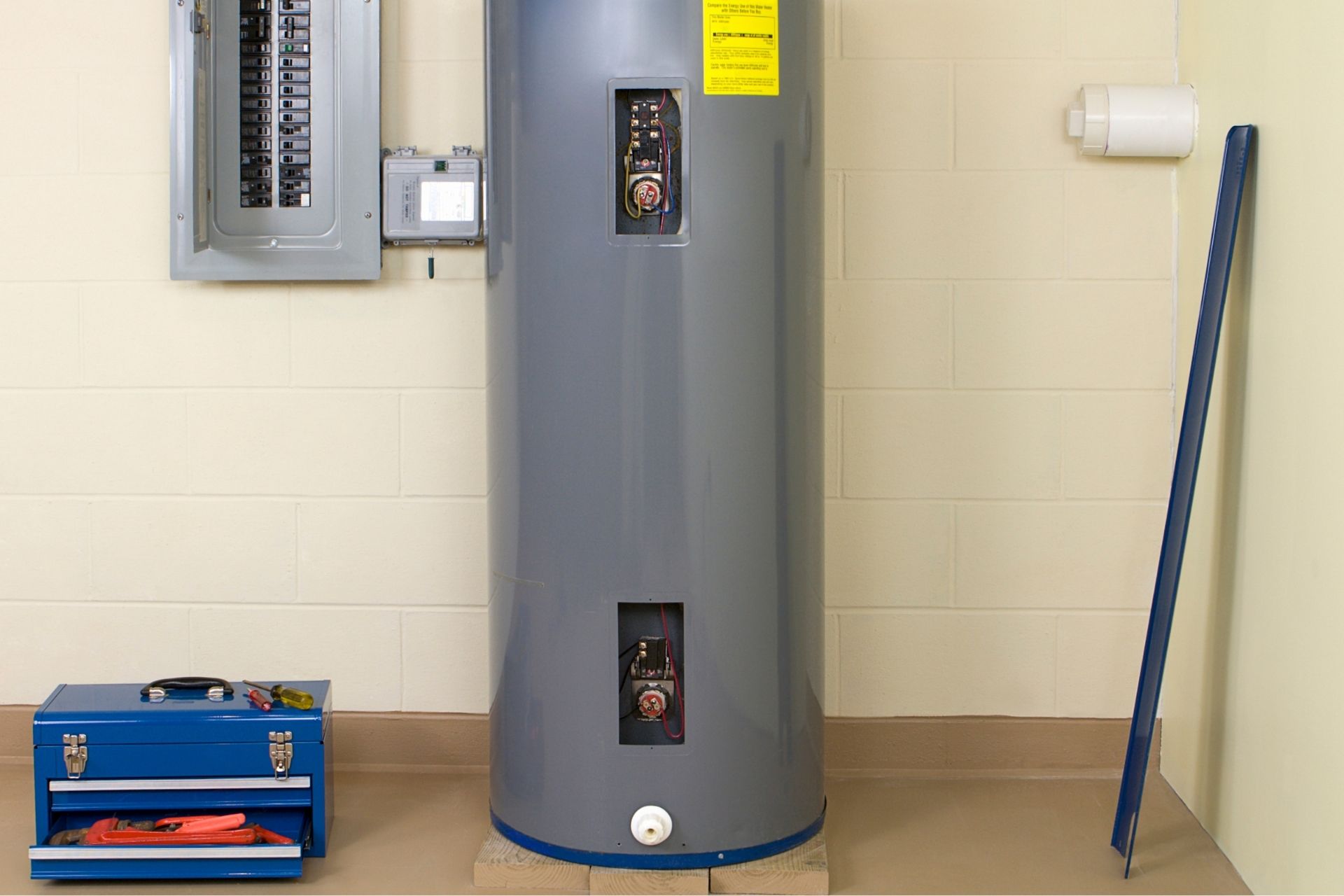Effective Techniques for Caring for Your Home's Hot Water SystemMaking Sure Longevity of Your Home's Hot Water System: Maintenance Tips
Effective Techniques for Caring for Your Home's Hot Water SystemMaking Sure Longevity of Your Home's Hot Water System: Maintenance Tips
Blog Article
Everybody will have his or her own idea about How to Maintain a Hot Water Heater in a Few Simple Steps.

Warm water is crucial for everyday comfort, whether it's for a revitalizing shower or cleaning recipes. To ensure your warm water system runs effectively and lasts much longer, regular upkeep is key. This short article provides functional tips and understandings on how to keep your home's warm water system to stay clear of disruptions and pricey repair work.
Intro
Maintaining your home's warm water system might appear daunting, but with a couple of basic steps, you can ensure it operates efficiently for years ahead. This overview covers whatever from recognizing your hot water system to do it yourself upkeep suggestions and recognizing when to hire expert help.
Relevance of Maintaining Your Hot Water System
Normal maintenance not only expands the lifespan of your hot water system yet also guarantees it runs efficiently. Ignoring upkeep can lead to reduced performance, greater energy bills, and even premature failing of the system.
Indicators Your Warm Water System Demands Upkeep
Recognizing when your warm water system requires focus can protect against significant problems. Watch out for signs such as inconsistent water temperature, weird sounds from the heating unit, or rustic water.
Comprehending Your Hot Water System
Before diving into maintenance tasks, it's useful to comprehend the fundamental elements of your hot water system. Usually, this includes the water heater itself, pipelines, anode poles, and temperature level controls.
Month-to-month Upkeep Tasks
Routine regular monthly checks can assist catch minor issues prior to they rise.
Purging the Water Heater
Purging your water heater eliminates sediment build-up, boosting performance and extending its life.
Checking and Replacing Anode Rods
Anode poles avoid corrosion inside the tank. Evaluating and replacing them when broken is crucial.
Inspecting and Adjusting Temperature Settings
Readjusting the temperature level setups makes sure ideal performance and security.
DIY Tips for Maintenance
You can perform numerous upkeep jobs on your own to keep your hot water system in leading problem.
Checking for Leakages
Consistently evaluate pipelines and links for leaks, as these can result in water damage and greater costs.
Checking Pressure Alleviation Valves
Checking the stress relief valve ensures it operates correctly and protects against extreme pressure accumulation.
Insulating Pipes
Protecting hot water pipes reduces warmth loss and can conserve energy.
When to Call a Professional
While do it yourself maintenance is beneficial, some issues need specialist know-how.
Complicated Issues Calling For Specialist Assistance
Instances include significant leaks, electric problems, or if your hot water heater is regularly underperforming.
Regular Expert Upkeep Advantages
Specialist upkeep can include complete evaluations, tune-ups, and making sure conformity with security requirements.
Final thought
Normal maintenance of your home's warm water system is vital for efficiency, durability, and price financial savings. By adhering to these ideas and knowing when to seek specialist aid, you can ensure a reputable supply of warm water without unforeseen disruptions.
How to Maintain an Instant Hot Water Heater
Before tinkering with your hot water heater, make sure that it’s not powered on. You also have to turn off the main circuit breaker and shut off the main gas line to prevent accidents. Also turn off the water valves connected to your unit to prevent water from flowing into and out of the appliance. 2. When you’re done, you have to detach the purge valves’ caps. These look like the letter “T” and are situated on either side of the water valves. Doing so will release any pressure that has accumulated inside the valves while at the same time avoid hot water from shooting out and burning your skin. 3. When the purge valves’ caps are removed, you have to connect your hosing lines to the valves. Your unit should have come with three hoses but if it didn’t, you can purchase these things from any hardware or home repair shops. You can also get them from retail stores that sell water heating systems. Read the user’s manual and follow it to complete this task properly. When the hosing lines are connected, open the purge port’s valves. 4. You should never use harsh chemical cleaners or solutions when cleaning your unit. Make use of white vinegar instead. It should be undiluted and you’ll probably use about 2 gallons. 5. Now flush your water heater. This task should probably take about 40 minutes. We can’t give you specific directions for this because the procedure is carried out depending on the type, model and brand of your heater. With that being said, refer to the user’s manual. 6. When you’re done draining the unit, you have to turn off the purge port valves again. Remove the hosing lines that you earlier installed on each of the water valves. Put the valve caps (purge port) back in their respective places and be very careful so as not to damage the rubber discs that are found inside these caps. 7. Now that everything’s back in place, check your user’s manual again to find out how to reactivate your water heating system. 8. Once it is working, turn one of your hot water faucets on just to let air pass through the heater’s water supply pipes. Leave the tap on until water flows smoothly out of it. https://www.orrplumbing.com/blog/2014/september/how-to-maintain-an-instant-hot-water-heater/

I am very fascinated with What Kind of Maintenance Do Water Heaters Need? and I'm hoping you enjoyed our article. Are you aware of somebody else who is serious about the niche? Feel free to share it. I value reading our article about Tips on Maintaining a Water Heater.
Suggested Site Report this page